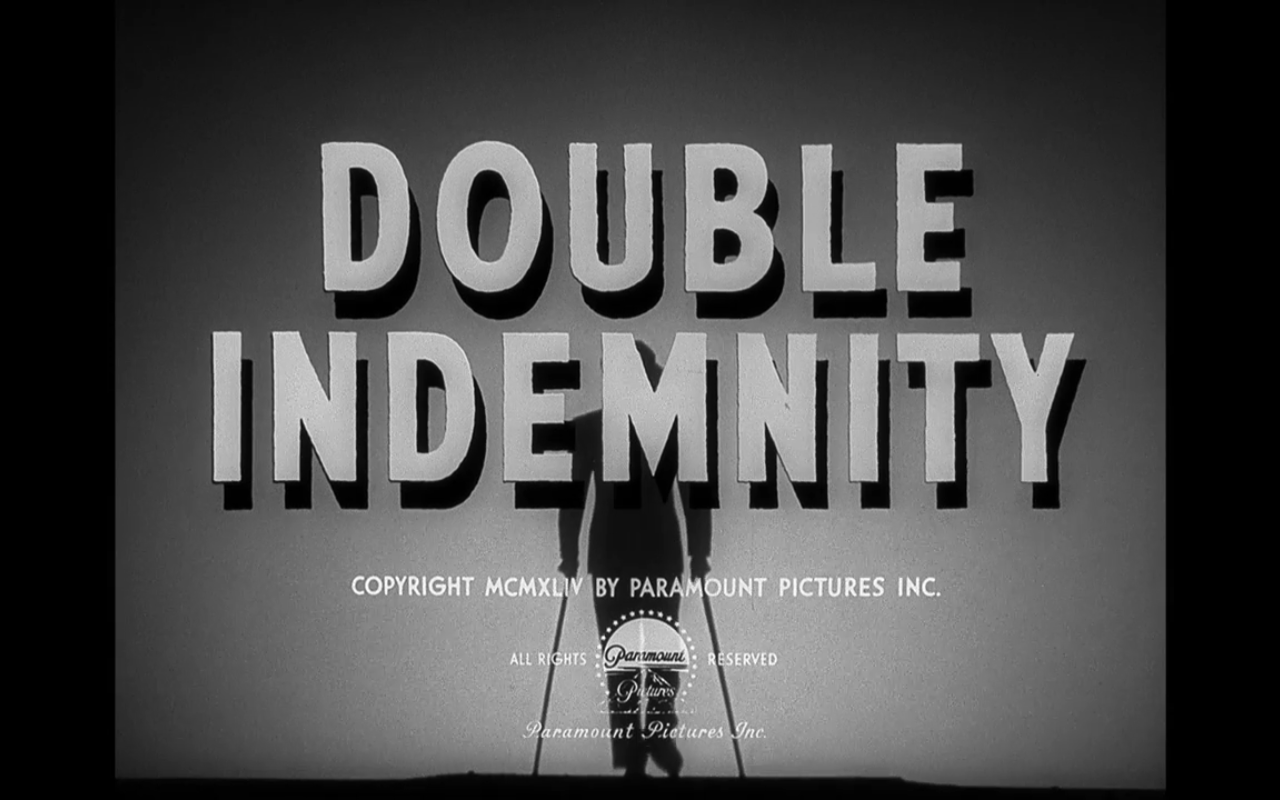

Thinking she has an additional, much younger admirer, he murders her in a rage of jealousy, then in all probability bleeds to death from a shot fired by the perishing Phyllis, having first relegated the complete story of the film in a two-hour flashback. What makes this film a wonderful case in point of the culture and style of film noir is that, as stated by the movie production convention of the period, jealousy becomes a part of Walter's relationship with Phyllis after he does the crime.

She plots to kill her husband in a "railroad mishap" that would bring her a double indemnity insurance imbursement. (Barbara Stanwyck), an anklet-sporting femme fatale/housewife. Paper NOW! ⬇️ TOPIC: Term Paper on Film Analysis of Double Indemnity AssignmentIn Double Indemnity, Walter Neff (Fred MacMurray), a to some extent cute but dim insurance agent, becomes prey to the charms of a flirtatious blonde, Phyllis Dietrieckson. Supported by Miklos Rozsa's throbbing film score and John Seitz's expressionistic black-and-white camera work, Wilder had no valid idea he was filming in a technique called "noir" he found out about this many years later, to his great astonishment. Cain is accredited as the original novel and Raymond Chandler and Billy Wilder contribute to screenplay credit, the film is in fact based on the case of Ruth Snyder, a criminal murderess who breathed her last breath in the electric chair on January 13, 1928. "From the moment they met, it was murder!" This is the legendary tag line for Billy Wilder's most incisive film noir, Double Indemnity, even though in 1944, when it was first released in New York on September 11, critics called it a melodrama, an elongated dose of premeditated suspense," "with a pragmatism evocative of earlier period French films ," with characters as rough, solid and inflexible as steel.Įven though James M.


 0 kommentar(er)
0 kommentar(er)
